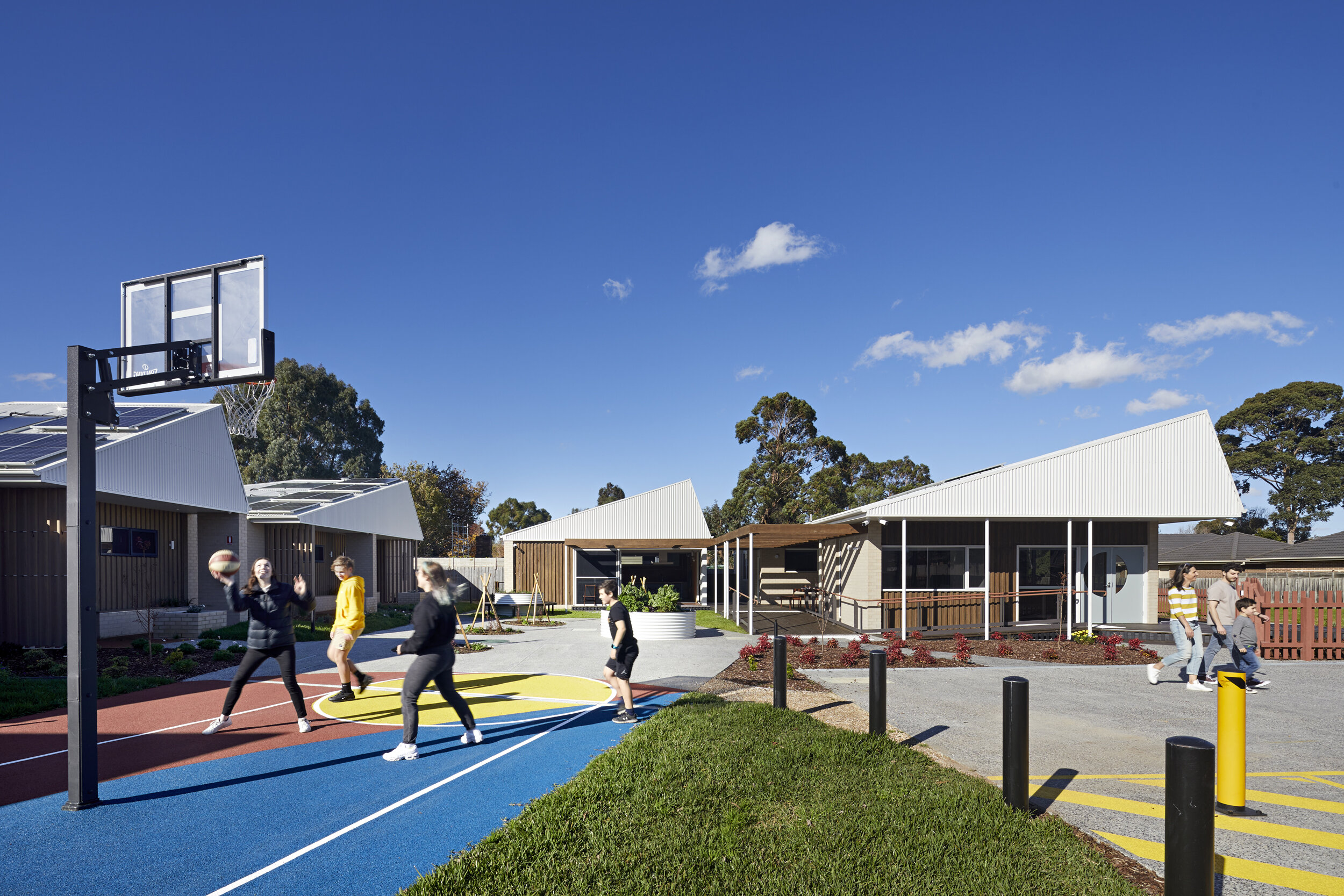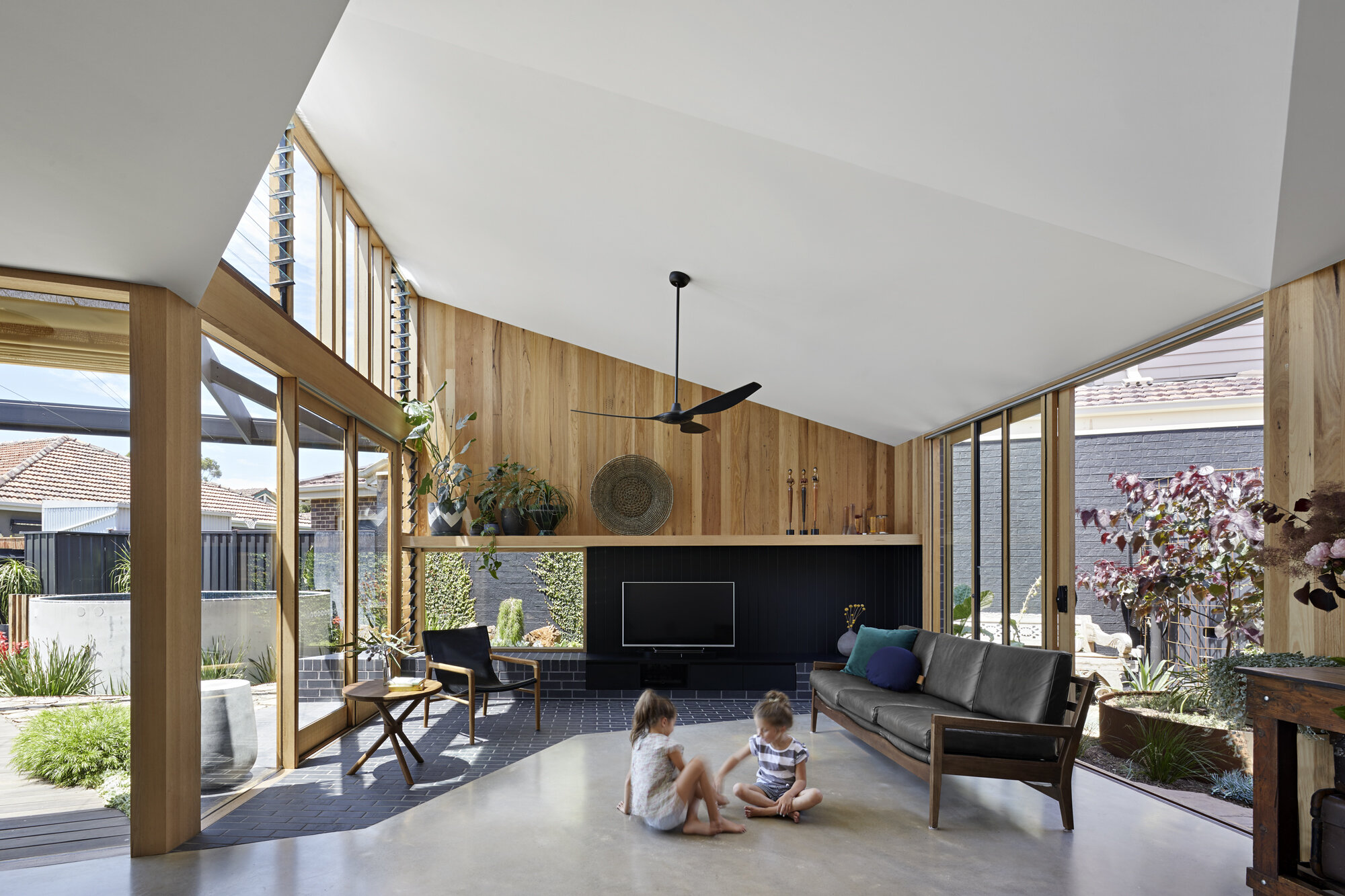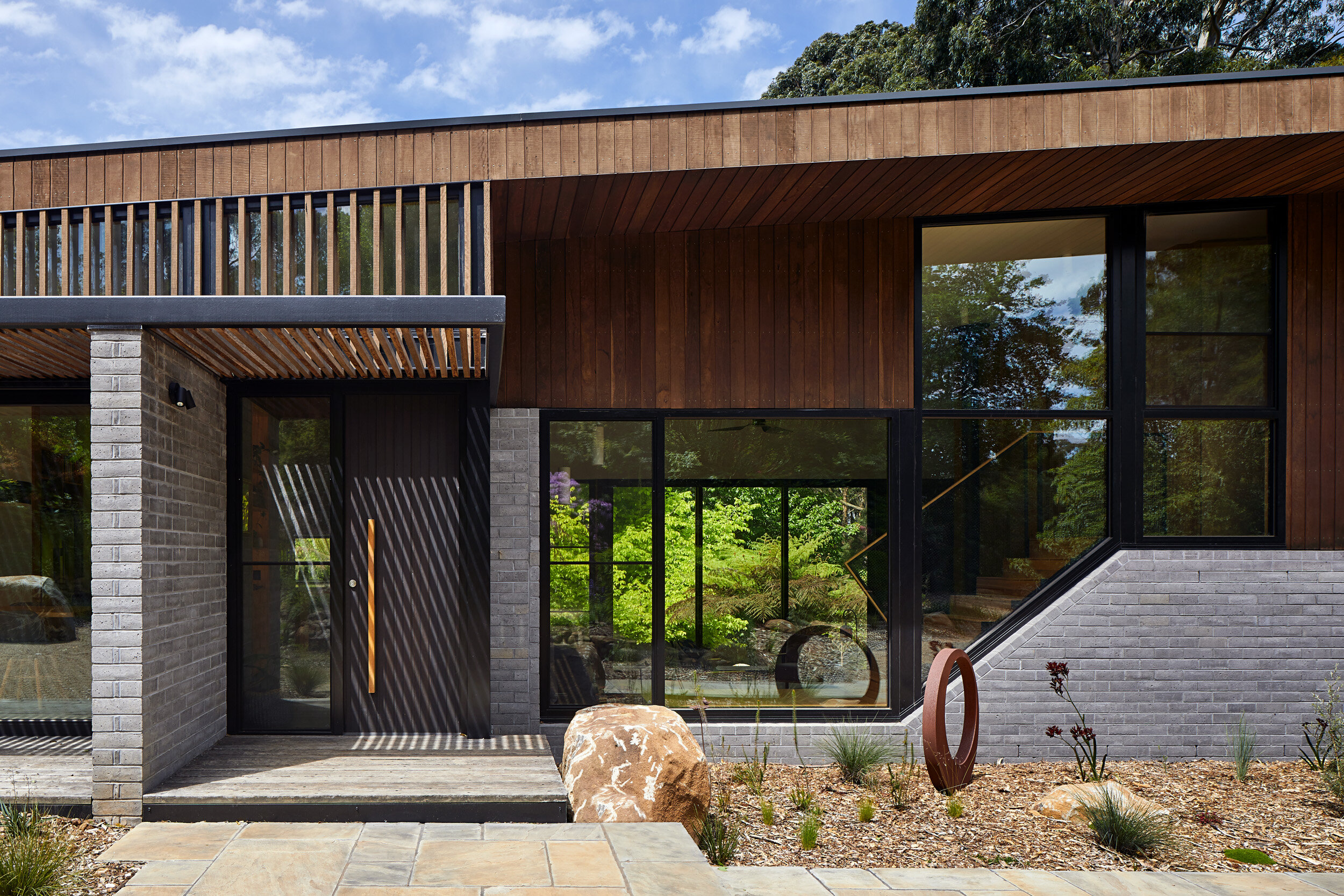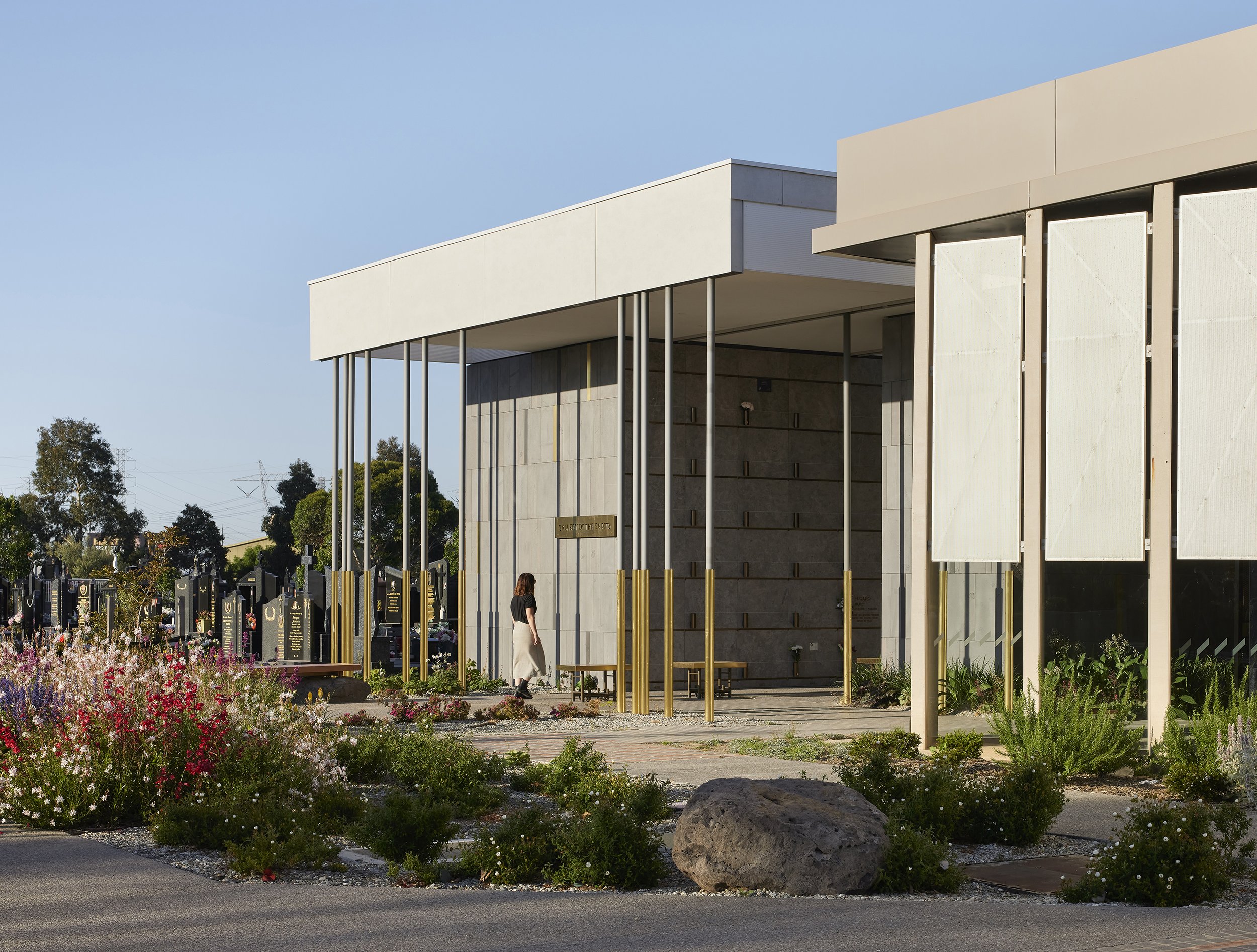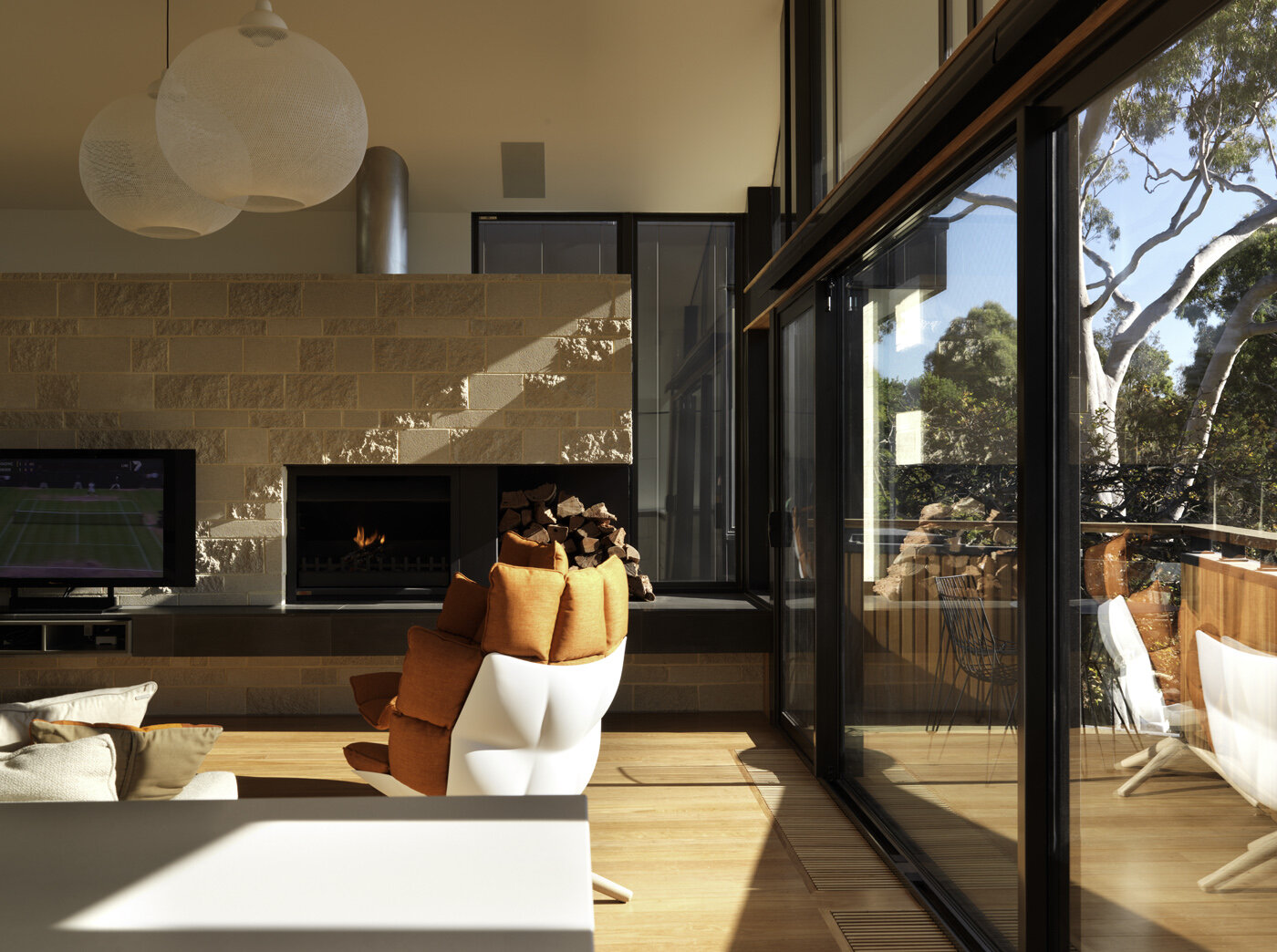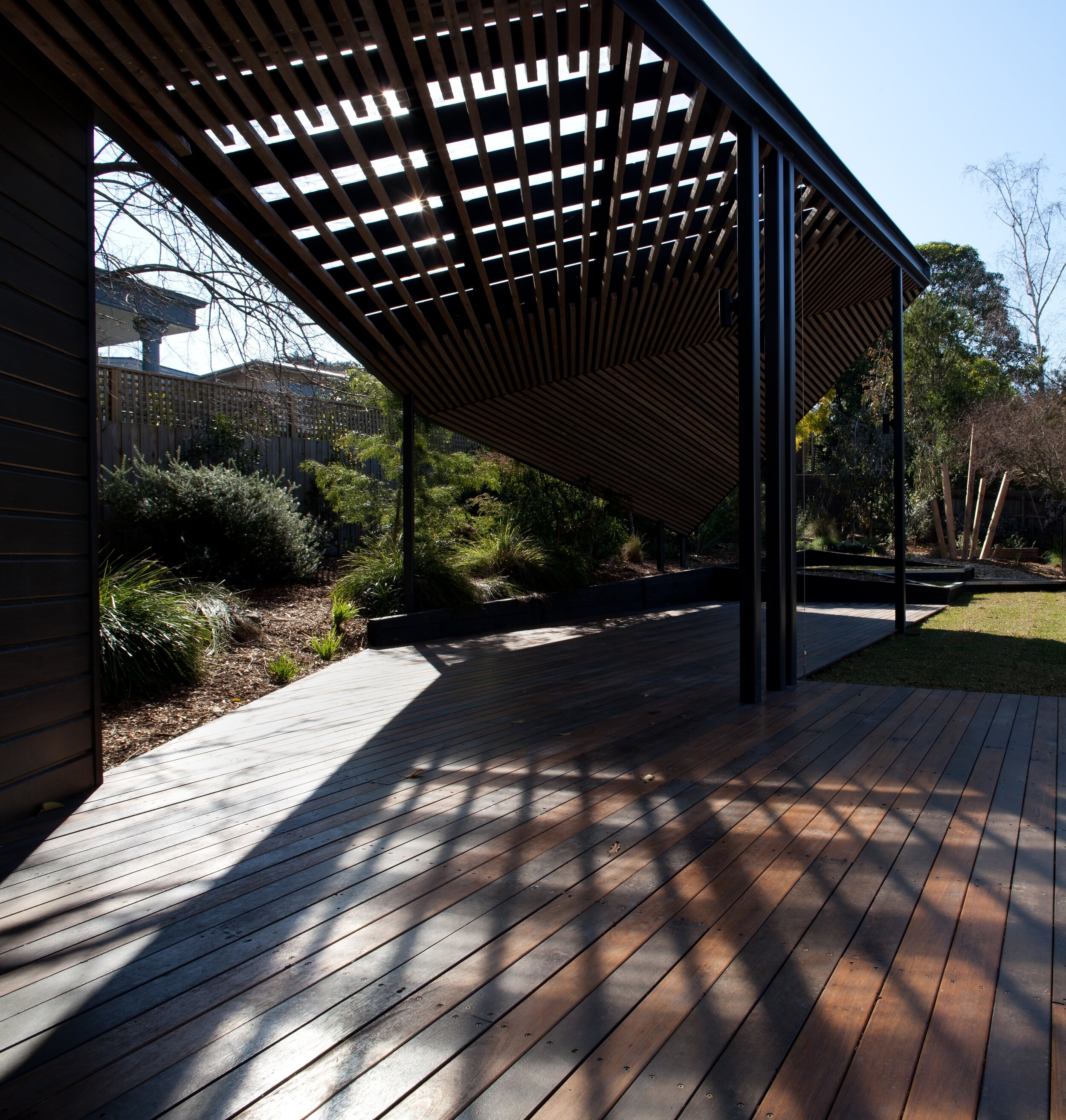The success of green roofs and rooftop gardens hinges on two key things — substrate and plant selection. We discuss green roof substrates over here, but today, let's talk about the best plants for Australian green roofs.
Firstly, it's important to consider how often you'll be able to access and maintain your green roof. As we've previously discussed, we prefer to design green roofs as social spaces which allow people to enjoy the greenery. If you're planning an intensive green roof (which incorporates hardstand zones among the greenery), you'll have a lot more scope with the varieties you can plant due to the ease of maintaining this type of green roof. If, on the other hand, you want a virtually maintenance-free green roof, then you'll need to look for plants that can sustain themselves with minimal care.
We look for plants that require minimal maintenance (you want to enjoy your rooftop garden, not maintain it constantly!), plants that are drought-tolerant, plants that delight the senses, plants with interesting or unusual forms and structures, and plants that attract birds and bees. Species that attract insects and birds double as a strategy to control pests and diseases in the rooftop garden — it's about creating a healthy eco-system. Flowering plants, such as native daisies, Brachyscome multifida, banksias and kangaroo-paw, are especially good at this.
Natives in general work well because they're bred for our uniquely challenging climate; they're naturally hardy and drought-tolerant. Indigenous plants are even better, because they're fine-tuned for your local area. But that doesn't mean you can't enjoy the sights and smells of more exotic varieties. We've had success with a combination of natives and other varieties in our rooftop gardens. A great trick for exotics is to chose plants from the same latitude as us, so varieties that work well on Australian green roofs often originate from South Africa, parts of South America and Mexico.
Australian Landscape architect Brendan Moar once said if Western Civilisation originated in Australia instead of Europe, Kangaroo Paw would be treated with the same reverence as Roses. We tend to agree! Luckily, Kangaroo Paw works really well in rooftop gardens and they're almost impossible to kill. There are a huge variety of colours to choose from, so no matter what your rooftop garden colour-scheme, you're bound to find a Kangaroo Paw that will work.
Native grasses are another great option as they're tough and create a relaxing rustle in the wind in rooftop gardens. Austrodanthonia caespitosa or 'Wallaby grass' works really well, as does Dichelachne crinita, 'Longhair plume grass'. Meanwhile, Dichondra and Viola hederacea or 'Native Violets' are terrific ground covers which will fill empty gaps on your green roof, but prefer a little more shade and moisture.
We love to include arbours and trellises in our rooftop gardens to provide shade and privacy for people. With the framework in place, just let the tangles of climbing plants run free. The dappled light that filters through a lush arbour is akin to the shade of a tree, creating pools of shade where less sun-loving plants can thrive. Hardenbergia or 'Happy Wanderer' is a beautiful native creeper that's drought tolerant and has a delightful purple flower. Pandorea jasminoides AKA 'Bower Creeper' is another favourite. It's a scented native that has fragrant flowers like Jasmine, while Pandorea Pandorana or 'Wonga Wonga vine' with its stunning, glossy leaves and trumpet-like flowers is a stunning harbinger of spring. You could also consider a deciduous creeper which will provide welcome shade in summer without blocking any of that precious winter light.
Succulents work well on green roofs because they require such little water. That's why sedum is such a popular choice for green roofs. Just make sure they're in a free-draining substrate because, being desert dwellers, they hate wet feet. Sedum Mexicanum with its bright green foliage and yellow star-shaped flowers is a great choice. Or what about Sedum Rubrotinctum, simply because it's also known as 'Jellybean Plant'!
Hardy herbs and spices like rosemary, lemon thyme, chamomile, parsley, oregano, sage, mint and chillies are easy to grow and you're rewarded with delicious flavourenhancers for your rooftop garden barbecue!
Along a similar theme (*stomach rumbles*), fruits and vegetables are also a great addition to a rooftop garden. Passionfruit and strawberries work really well and are a special treat to eat fresh from the garden, as is evident at our Growing Up green roof. In fact, with the right substrate and sufficient water, any vegetables that can be grown in containers will be happy on a green roof.
Some of these plants, like rosemary, passionfruit and chamomile also create beautiful scents in the garden. And don't forget lavender, it's virtually indestructible (and incredibly wind-tolerant) and its scent has been used for relaxation for eons.
There are so many options when choosing plants for green roofs and rooftop gardens. It can also be fun to experiment! By following the principles of low maintenance, drought-tolerant, and pleasing to at least one of the senses, you'll create a thriving rooftop garden that will also be a pleasure to be in.











